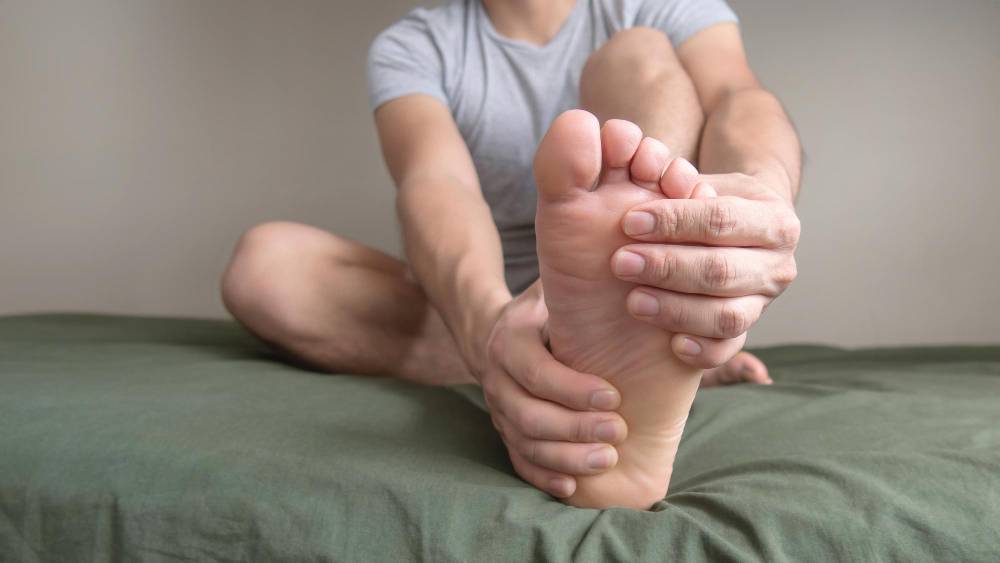Menu

Have you ever had a sharp pain on the outer side of your foot that just wouldn’t go away? Maybe you twisted your ankle and now every step feels like you’re walking on a bruise. If this sounds familiar, you might be dealing with something called cuboid syndrome.

Don’t worry if you’ve never heard of it before – this condition is often overlooked, even though it can cause a lot of discomfort. In this brief article brought to you by Mid Penn Foot & Ankle Specialists, we break it down and review what cuboid syndrome is, what causes it, and most importantly, how you can get back on your feet without pain.
If you’d rather consult with a licensed podiatrist in Thomasville, then call Mid Penn Foot & Ankle Specialists to schedule a convenient appointment.
Cuboid syndrome is when a small bone in your foot, called the cuboid bone, gets slightly out of place. The cuboid bone is located on the outer side of your foot near the base of your fourth and fifth toes. It plays a key role in stabilizing your foot and helping you balance. When this bone shifts even a little bit, it can lead to pain and make it hard to walk or run.
We are committed to providing personalized, compassionate care for everyone who walks through our doors. If you’re ready to schedule an appointment with one of our doctors, give us a call or visit one of our locations today.
BOOK AN APPOINTMENTCuboid syndrome can happen to anyone, but certain activities and situations make it more likely:
Diagnosing cuboid syndrome can be tricky because its symptoms can be similar to other foot problems, like stress fractures or tendon issues. If you think you might have cuboid syndrome, it’s a good idea to see an experienced foot doctor. They’ll usually do a physical exam and ask about your symptoms and any recent injuries. In some cases, they might use special tests to see if the cuboid bone is out of place, but X-rays or MRIs are rarely needed.
The good news is that cuboid syndrome is treatable, and with the right approach, you can get back to your usual activities without pain. Common treatments include:
If you’d like to consult with a reliable foot specialist, then call Mid Penn Foot & Ankle Specialists. We are happy to schedule an appointment or arrange a walk-in for as soon as possible.
From the moment we step out of bed in the morning to the last stroll around the house…
Read MorePregnancy is an incredible journey, but let’s be real: it’s also tough on your body. From morning sickness…
Read MoreOur bodies are an intricate network of bones, muscles, tendons, and ligaments working together…
Read More